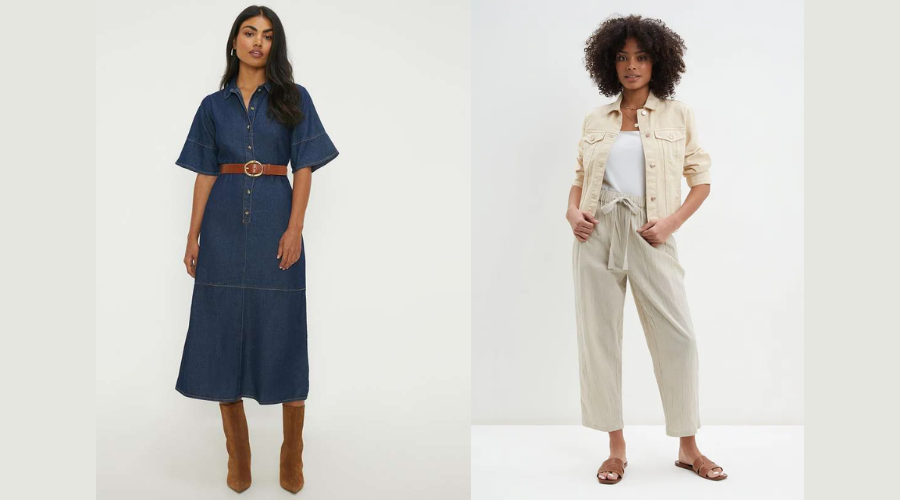Denim vs. Linen: Which Fabric Is Right For You?
In the realm of fashion and textiles, the choice of fabric plays a pivotal role in determining not only the aesthetic appeal of a garment but also its comfort, durability, and suitability for various occasions. Two fabrics that have stood the test of time are denim and linen. Each possesses unique characteristics that cater to different needs and preferences. This comprehensive guide delves into the distinctions between Denim vs. linen, providing insights to help you make informed choices for your wardrobe.




